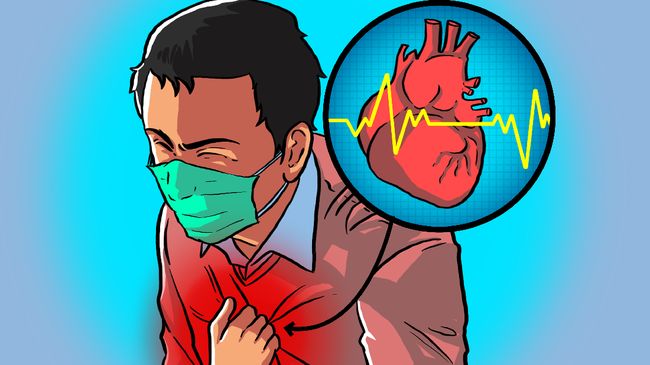Sébastien Chottin has worked for 13 years in the Criminal Identification Unit of Niort. On July 8, the chief warrant officer and two of his teammates were called to the fatal fire in Bressuire. From then on, an unprecedented and meticulous investigation begins for them.
On July 8, a fire ravaged four apartments in a building in the town of Bressuire, causing a catastrophic death toll of five, including a child. Called to the scene of the tragedy from the first day, the Criminal Identification Unit of Niort has since worked tirelessly to determine the causes of the incident. “We first intervene in the observation phase, then throughout the investigation, to provide our technical advice”explains the 45-year-old chief warrant officer.
Science technicians, therefore, essential to the proper functioning of the investigation. “It is a multidisciplinary and team work, specifies the soldier, and especially it is a chain of several specialists which makes it possible to recover a whole pile of evidence.” Collecting and studying evidence is the essence of this hidden profession.
–
“There was a time when a large part was left to confessions. Today, it is the evidence that dominates”, recalls Sébastien Chottin. And to collect all the data from a crime or accident scene, you sometimes need unexpected devices. “In Bressuire, we had to access the third floor apartments by air. It was the first time I had called on a crane operator”, he says. Because of the significant damage caused by the fire on the entire floor, the soldiers had to abseil from a basket attached to a construction crane.
Impressive work, started more than twenty-four hours after the fire. “We couldn’t touch any elements of the scene until we had made a 3D model of the building.” A model allowing the team to visualize the exact state of the place and the disposition of the bodies in order to advance the investigation from their premises, at the Forensic Institute of Poitiers, well after their departure from the premises. And beyond the modeling, it was necessary to wait for the arrival of reinforcements before starting the investigation: eight investigators from the Criminal Research Institute of the National Gendarmerie (IRGCN) and three military experts in caving. “It’s not always that long, warns Sébastien Chottin, but this intervention was unique on several aspects, whether it is the number of victims or the difficulty of evolution on the scene. Like all scientists, the members of the criminal identification unit know how to be patient.
–
However, their meticulous work is sometimes misunderstood by the general public, because at the scene of an incident their truck marked with the term “criminal identification” can frighten families. “When I get out of the vehicle I always take the time to talk to them and explain the reasons for my presence.” A reason that has never changed in 13 years in the business: “to determine the circumstances of the death of the victims and the causes of such human catastrophes.” A deeply human work despite the omnipresence of death. “We are always in contact with the field units, whether in the observation or training phases”, adds Sébastien Chottin, before emphasizing the importance of communicating with colleagues, prior to their arrival in the field as well as in the rest of the investigation. “And then it’s a profession that is constantly evolving, in particular thanks to technical tools.” In the end, if the chief warrant officer chose this trade, it is above all to “go to the end of things”… and surveys.
–
–




